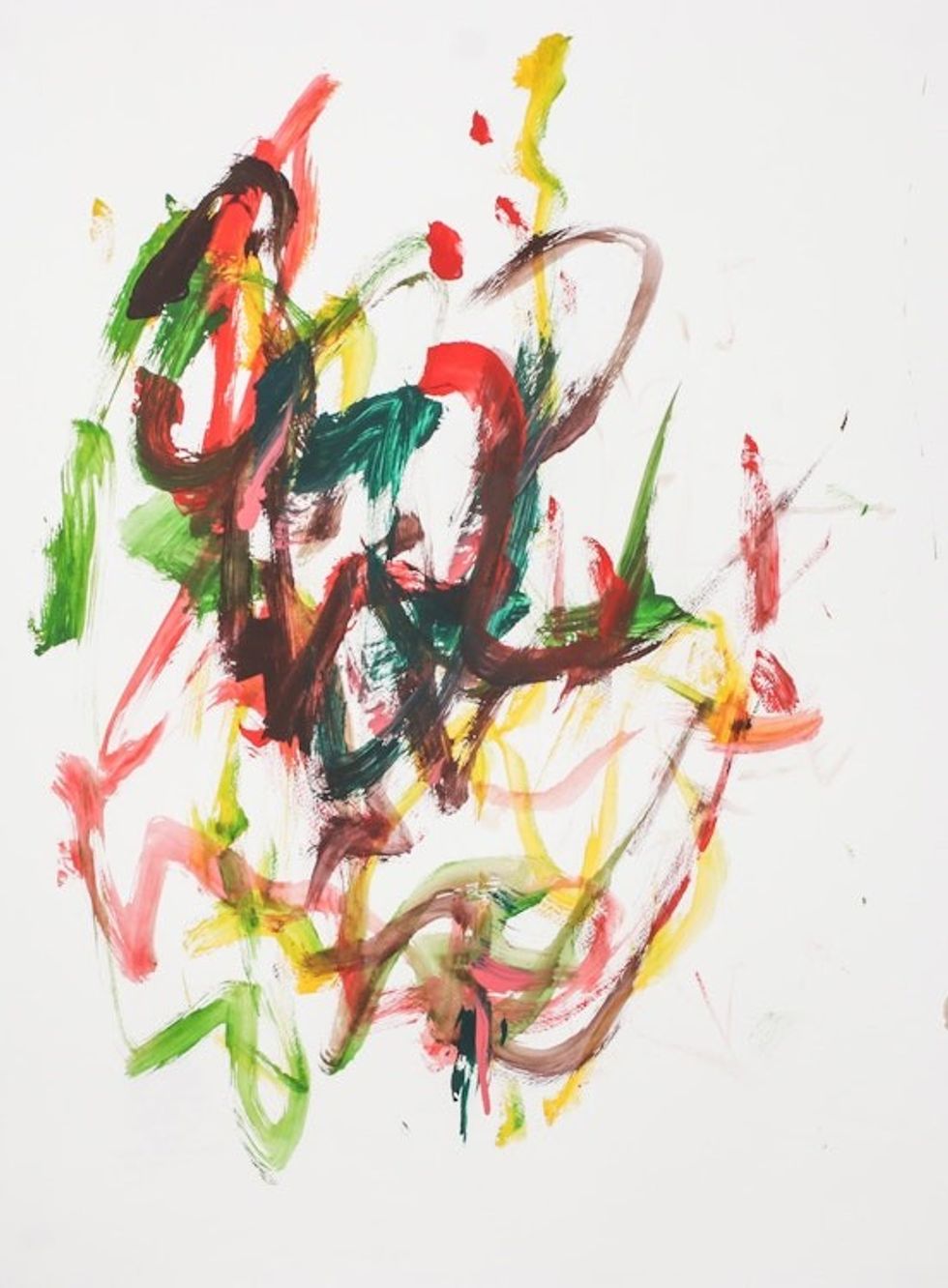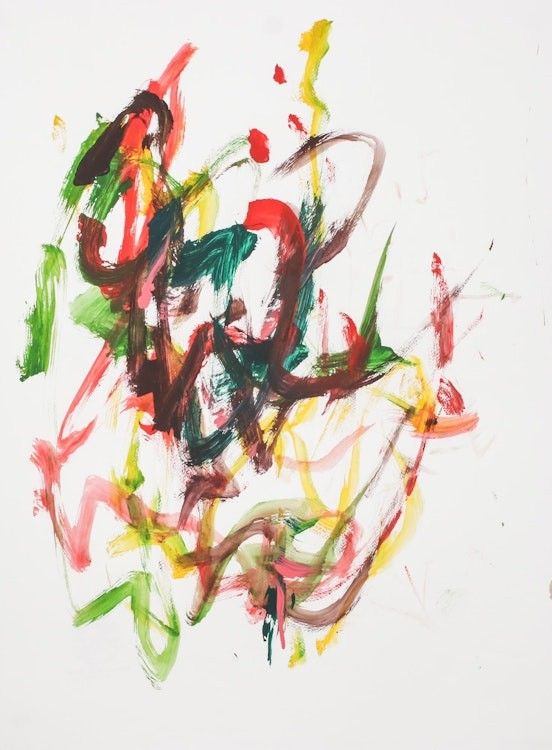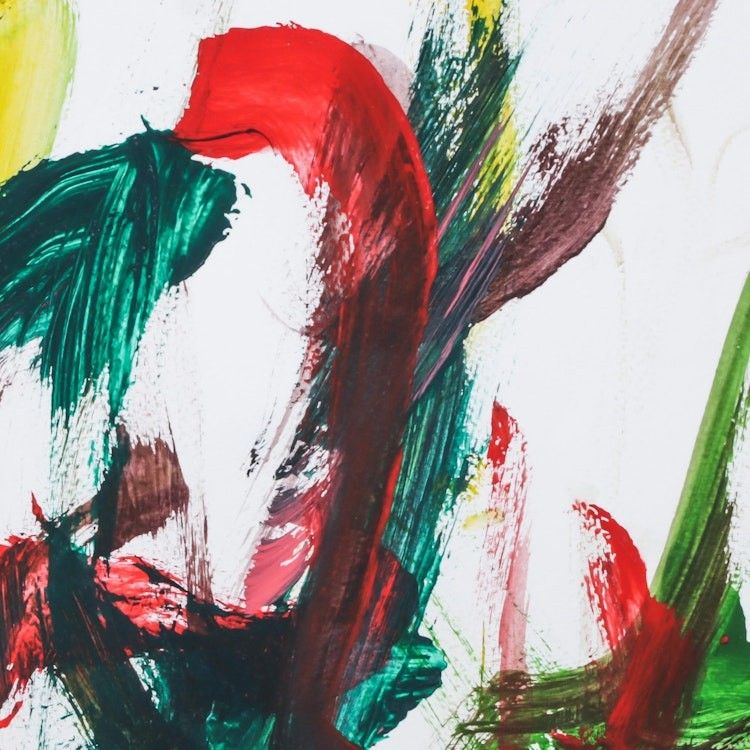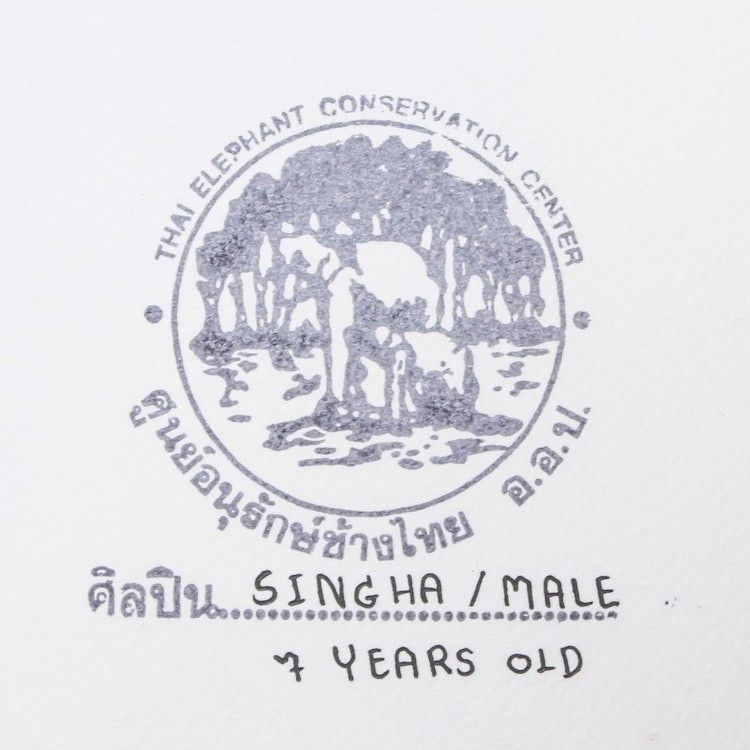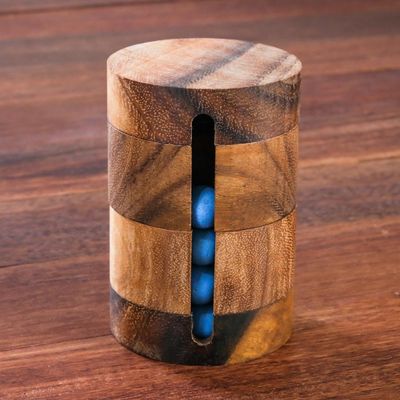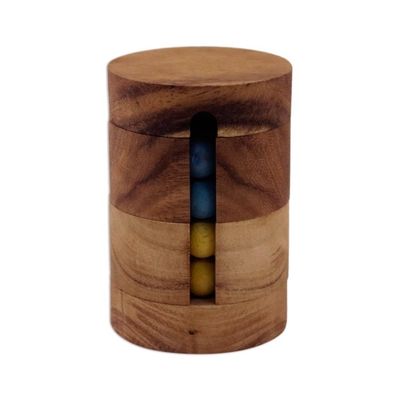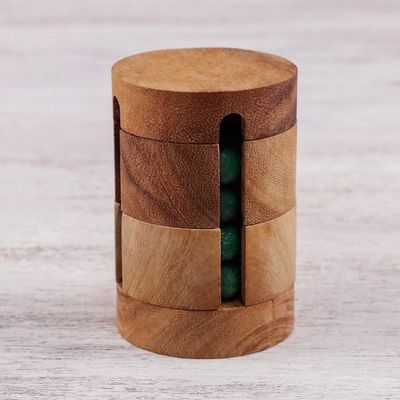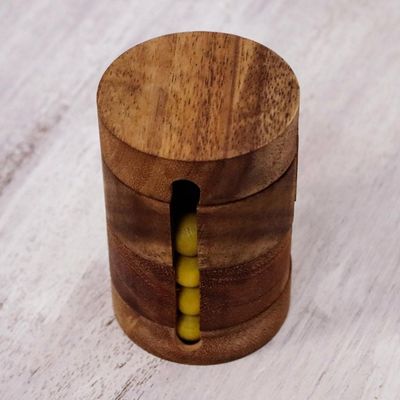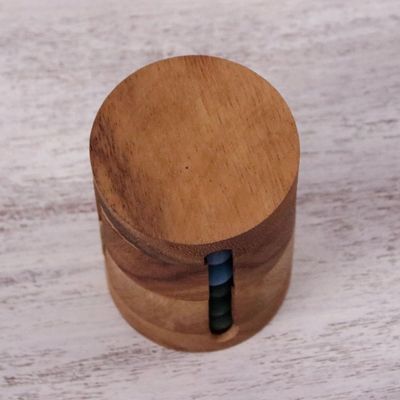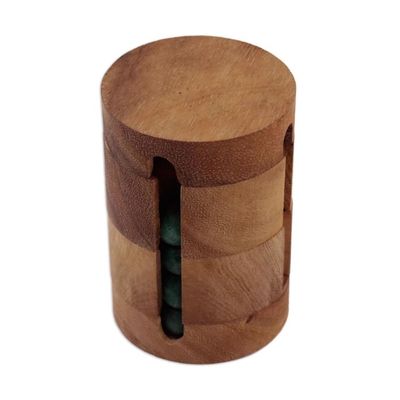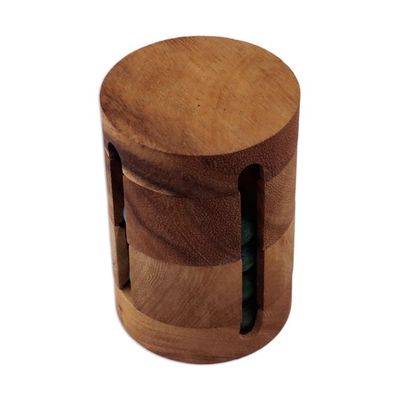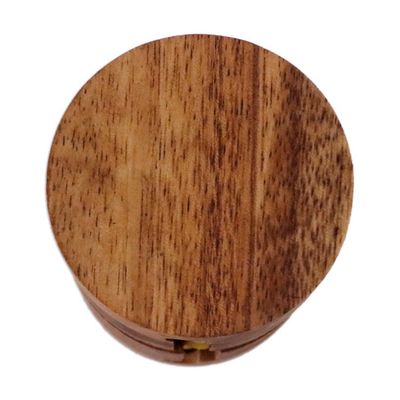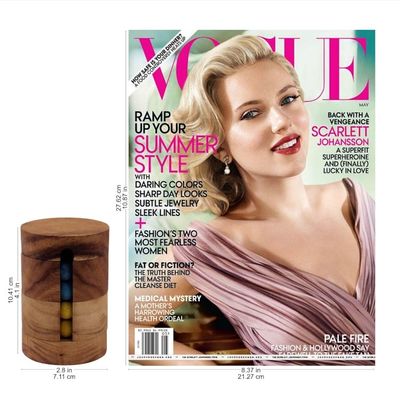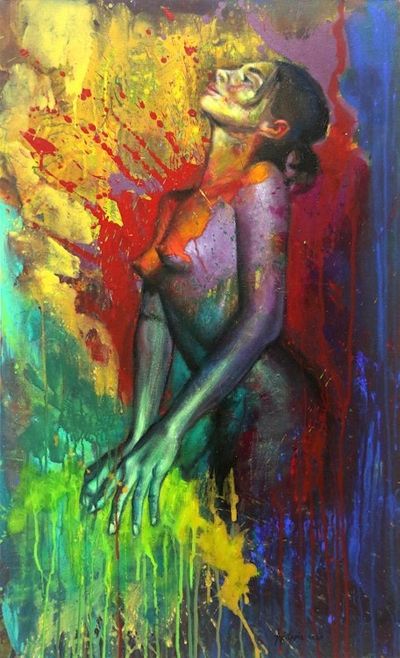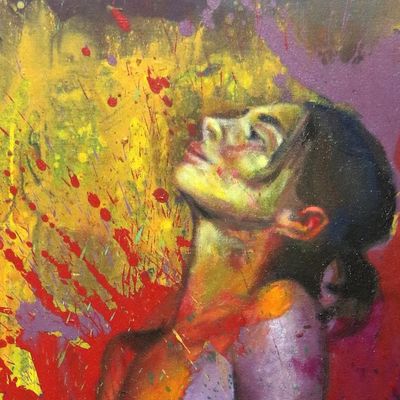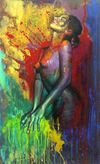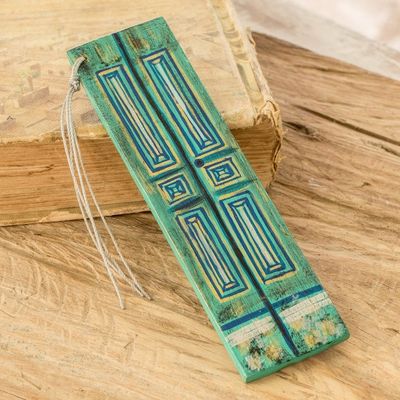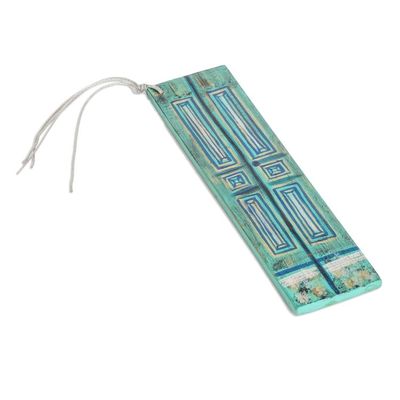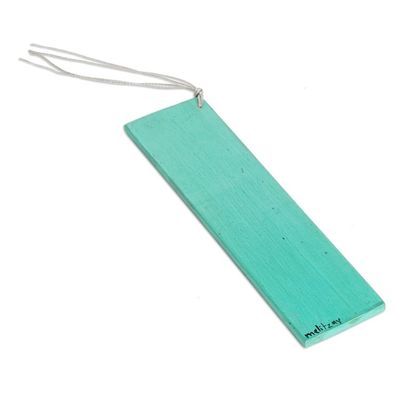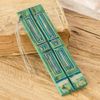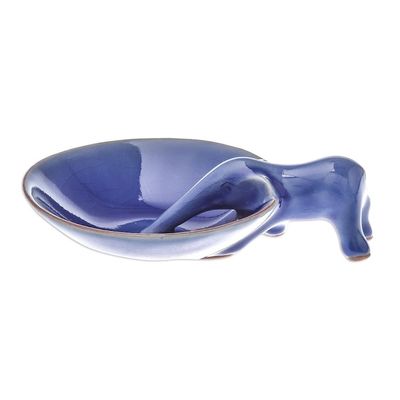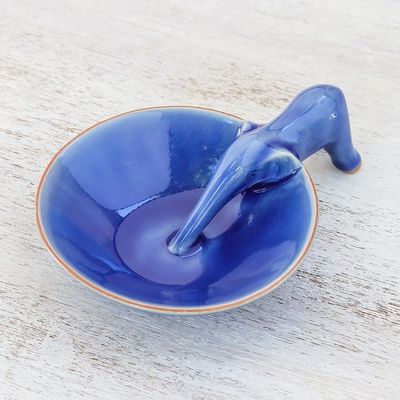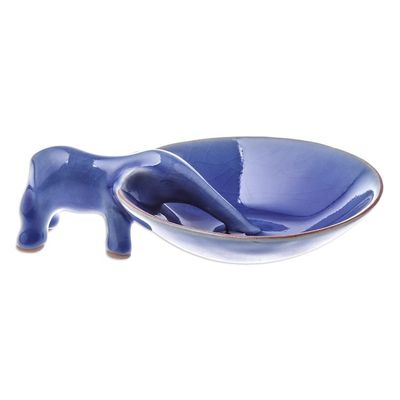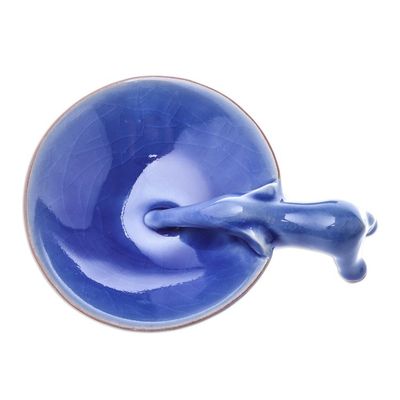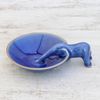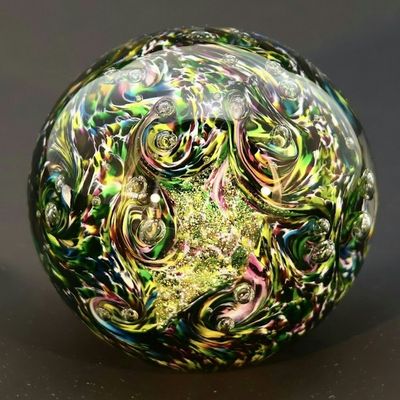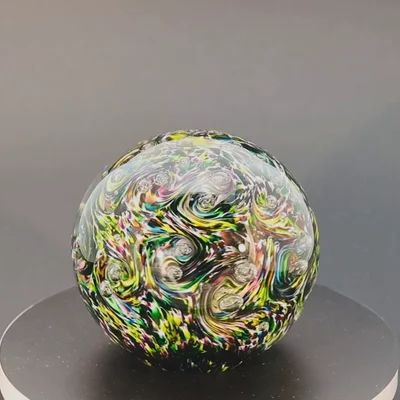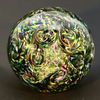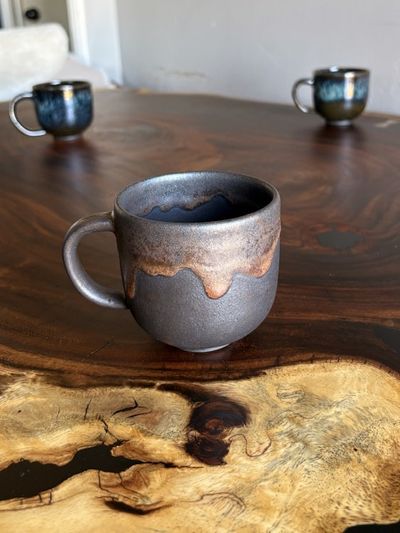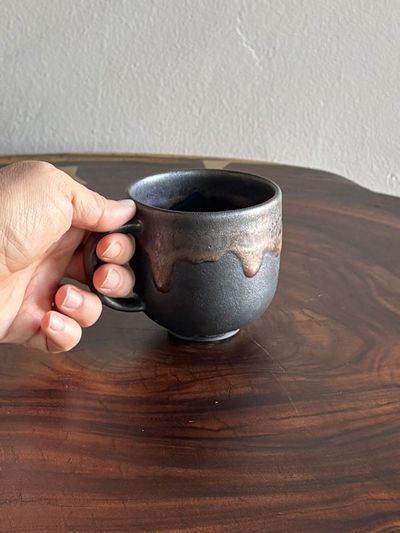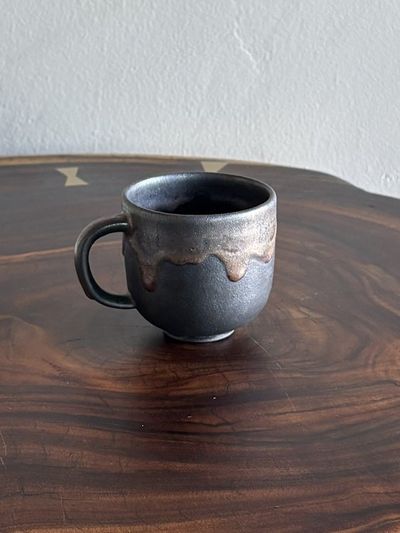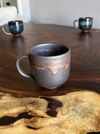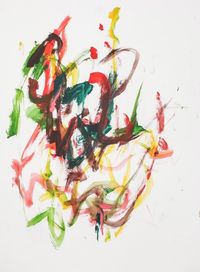Colorful Abstract Painting by a Thai Elephant Artist 'Love Fireworks' Item ID: 2669889021
$369.99This is your own listing item.
100% Happiness Guaranteed!
![]() Shop with Confidence
Shop with Confidence
![]() Easy 30 day returns!
Easy 30 day returns!
Other favorites
View moreMeet the maker

Singha elephant paintings
Singha is a male Thai elephant with no tusks. He was born in August, 2001, to Jojo and Umphang, who are both featured elephant artists.
His character is playful and naughty, and when he is away from his mahout, he can be very stubborn. With his mahout, however, he is the calmest and most serene of elephants. His agreeable and cooperative disposition made it easy for his mahout to teach him painting in only about two weeks' time.
Singha is very intelligent. He is one of the elephant school show members on the demonstration field who can carry out basic commands and body movements, and can act as the child of other female elephants. His training to learn other commands continues.
His paintings are abstract and expressive, with slender lines that seem to add motion and activity to the composition. He applies different pressures when painting, so that some lines are loosely sketched and airy, while others are bold and dark.
For centuries, elephants earned their keep by hauling trees for Asia's logging industry. Deforestation and logging restrictions led to massive unemployment for the elephants, with the result that many, dependent on keepers who could no longer afford to care for them, simply died of neglect. The Asian elephant population dwindled, and these magnificent animals became an endangered species.
In 1998, searching for new ways to raise rescue funds and worldwide public awareness, elephant expert and author Richard Lair, advisor to the royal Thai Elephant Conservation Center (TECC), conceived of a novel plan. He invited to Asia two media savvy, New York-based conceptual artists — Vitaly Komar and Alexander Melamid — to help him create a publicity campaign while training rescued Asian elephants to paint. Art Historian Mia Fineman traveled with Komar and Melamid to Asia, helping write "When Elephants Paint," a fascinating book about the venture. (The book notes that wild elephants naturally doodle on the ground with twigs and pebbles — a proclivity that might explain the ease with which they take to painting.)
As a result of Lair's project, numerous elephants learned to paint in Asia, and hundreds if not thousands of news reports have brought the story of this endangered species to the world's attention.
Today, under the ongoing tutelage of Richard Lair, ten of the TECC's 48 elephants participate in regular painting sessions. During these sessions, the sanctuary elephants stand contentedly before easels, entertaining themselves by wrapping the tips of their trunks around artists' brushes, dipping those brushes into buckets of colorful paints, and then sweeping the paint up, down, and across paper canvases.
The TECC artists are now the most famous painting elephants in the world. Their paintings, compared by some critics to the works of such renowned abstract expressionist artists as Jackson Pollock, Willem de Kooning, and Franz Kline, have been exhibited internationally and have auctioned for thousands of dollars apiece at such august venues as Christie's.
In 2002, Novica offered to assist Richard Lair by featuring the Asian elephants' paintings online, making them more accessible to the general public. Since then, a new wave of media attention has again focused on the plight of the Asian elephant, and thousands more people have purchased paintings — helping raise considerable funds for the TECC in Thailand, and for a separate rescue center in Bali.
Richard Lair provides Novica with the TECC's highest quality elephant paintings, directly overseeing special "Novica Sessions" with the TECC elephants. For these sessions, the elephants paint on French archival paper, using high quality acrylic paints. (This in contrast to the elephant paintings sold in Asia to tourists — typically composed of low-quality paints on non-archival paper.) Lair completes the process by embossing each painting with an official stamp of authenticity. For Novica, Lair comments that he rejects all but the most intriguing and unblemished paintings, as an additional way to thank Novica's customers for their considerable support, while providing a high quality painting in return.
His character is playful and naughty, and when he is away from his mahout, he can be very stubborn. With his mahout, however, he is the calmest and most serene of elephants. His agreeable and cooperative disposition made it easy for his mahout to teach him painting in only about two weeks' time.
Singha is very intelligent. He is one of the elephant school show members on the demonstration field who can carry out basic commands and body movements, and can act as the child of other female elephants. His training to learn other commands continues.
His paintings are abstract and expressive, with slender lines that seem to add motion and activity to the composition. He applies different pressures when painting, so that some lines are loosely sketched and airy, while others are bold and dark.
For centuries, elephants earned their keep by hauling trees for Asia's logging industry. Deforestation and logging restrictions led to massive unemployment for the elephants, with the result that many, dependent on keepers who could no longer afford to care for them, simply died of neglect. The Asian elephant population dwindled, and these magnificent animals became an endangered species.
In 1998, searching for new ways to raise rescue funds and worldwide public awareness, elephant expert and author Richard Lair, advisor to the royal Thai Elephant Conservation Center (TECC), conceived of a novel plan. He invited to Asia two media savvy, New York-based conceptual artists — Vitaly Komar and Alexander Melamid — to help him create a publicity campaign while training rescued Asian elephants to paint. Art Historian Mia Fineman traveled with Komar and Melamid to Asia, helping write "When Elephants Paint," a fascinating book about the venture. (The book notes that wild elephants naturally doodle on the ground with twigs and pebbles — a proclivity that might explain the ease with which they take to painting.)
As a result of Lair's project, numerous elephants learned to paint in Asia, and hundreds if not thousands of news reports have brought the story of this endangered species to the world's attention.
Today, under the ongoing tutelage of Richard Lair, ten of the TECC's 48 elephants participate in regular painting sessions. During these sessions, the sanctuary elephants stand contentedly before easels, entertaining themselves by wrapping the tips of their trunks around artists' brushes, dipping those brushes into buckets of colorful paints, and then sweeping the paint up, down, and across paper canvases.
The TECC artists are now the most famous painting elephants in the world. Their paintings, compared by some critics to the works of such renowned abstract expressionist artists as Jackson Pollock, Willem de Kooning, and Franz Kline, have been exhibited internationally and have auctioned for thousands of dollars apiece at such august venues as Christie's.
In 2002, Novica offered to assist Richard Lair by featuring the Asian elephants' paintings online, making them more accessible to the general public. Since then, a new wave of media attention has again focused on the plight of the Asian elephant, and thousands more people have purchased paintings — helping raise considerable funds for the TECC in Thailand, and for a separate rescue center in Bali.
Richard Lair provides Novica with the TECC's highest quality elephant paintings, directly overseeing special "Novica Sessions" with the TECC elephants. For these sessions, the elephants paint on French archival paper, using high quality acrylic paints. (This in contrast to the elephant paintings sold in Asia to tourists — typically composed of low-quality paints on non-archival paper.) Lair completes the process by embossing each painting with an official stamp of authenticity. For Novica, Lair comments that he rejects all but the most intriguing and unblemished paintings, as an additional way to thank Novica's customers for their considerable support, while providing a high quality painting in return.

Thailand Fulfillment Hub
In Thailand, artistic skills and traditions have been passed down from generation to generation. As you explore our Thailand Collection you will discover handwoven silks and hand embroidered textiles, celadon and benjarong pottery, teak carvings, lacquerware and exquisite jewelry. All are handcrafted in traditional and contemporary designs by talented Thai artisans.
